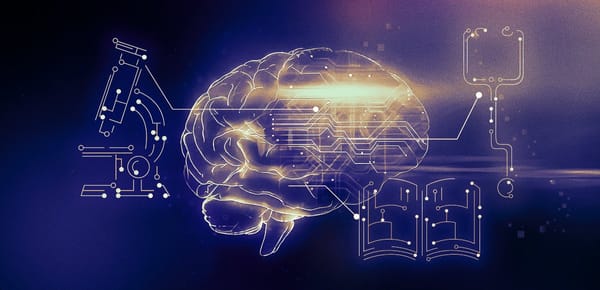How Droughts Threaten Our Future and What You Can Do to Survive!
A drought is a prolonged period with significantly less rainfall than usual, leading to a shortage of water.
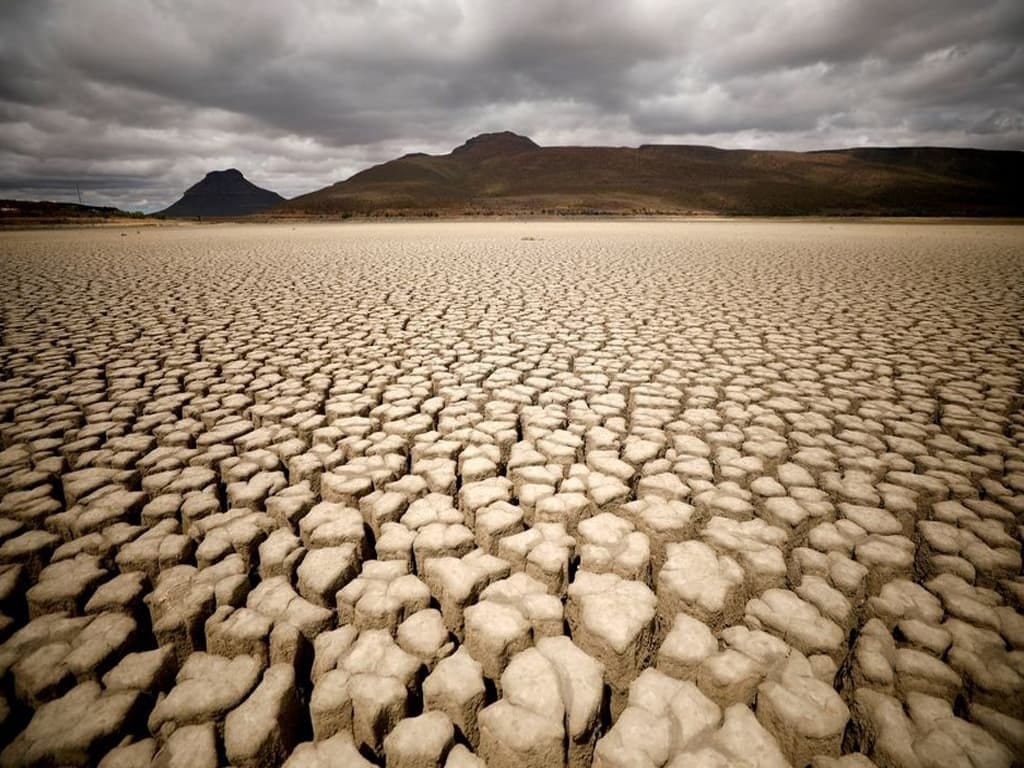
A drought is a prolonged period with significantly less rainfall than usual, leading to a water shortage. This shortage affects water availability for drinking, agriculture, industry, and ecosystem sustainability. Droughts can be caused by natural climate variability, such as changes in weather patterns, or exacerbated by human activities like deforestation and overuse of water resources. The impacts of drought are far-reaching, affecting food production, water supply, public health, and the economy. Effective water management and conservation strategies are essential to mitigate the adverse effects of drought and ensure sustainable water use in the future.
Types Droughts
Droughts are categorized into several types based on their characteristics and the impacts they cause. Four main types are commonly found.
-
Meteorological Drought:
This type of drought is defined by a period of significantly lower than average precipitation in a specific area.It is typically measured by comparing current rainfall levels to historical averages for the same period. It primarily affects weather patterns and is the precursor to other types of droughts.
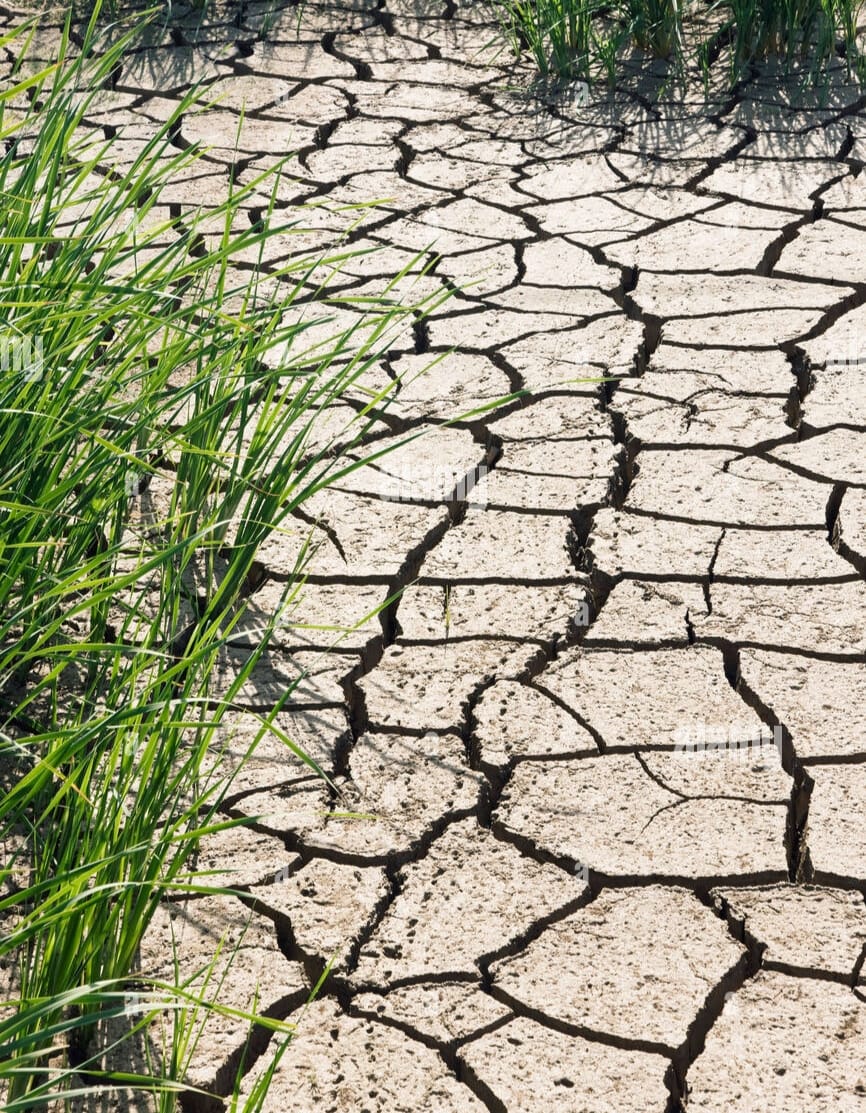
-
Agricultural Drought:
Agricultural drought occurs when there is insufficient soil moisture to meet the needs of crops and other plants.It is influenced by factors like precipitation shortfalls, soil conditions, and crop water demands.This type of drought can lead to reduced crop yields, affecting food production and livestock.
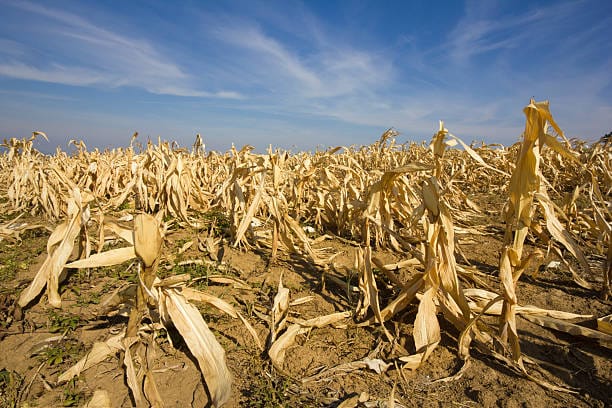
-
Hydrological Drought:
Hydrological drought refers to the reduced availability of water in natural and artificial reservoirs, such as rivers, lakes, aquifers, and reservoirs.It is typically measured by monitoring streamflows, lake levels, and groundwater levels.This type of drought affects water supply for drinking, irrigation, and industrial use, as well as aquatic ecosystems.
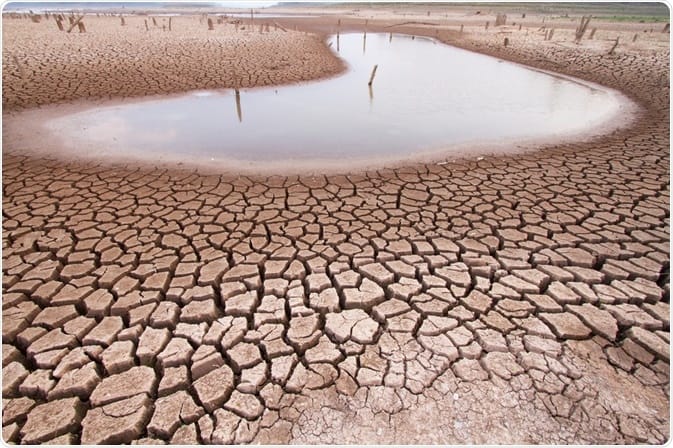
-
Socioeconomic Drought:
Socioeconomic drought occurs when the demand for water exceeds the supply due to weather-related shortfalls. It combines elements of meteorological, agricultural, and hydrological droughts but focuses on the supply-demand balance. This type of drought can lead to water shortages, increased water prices, economic losses, and social unrest.
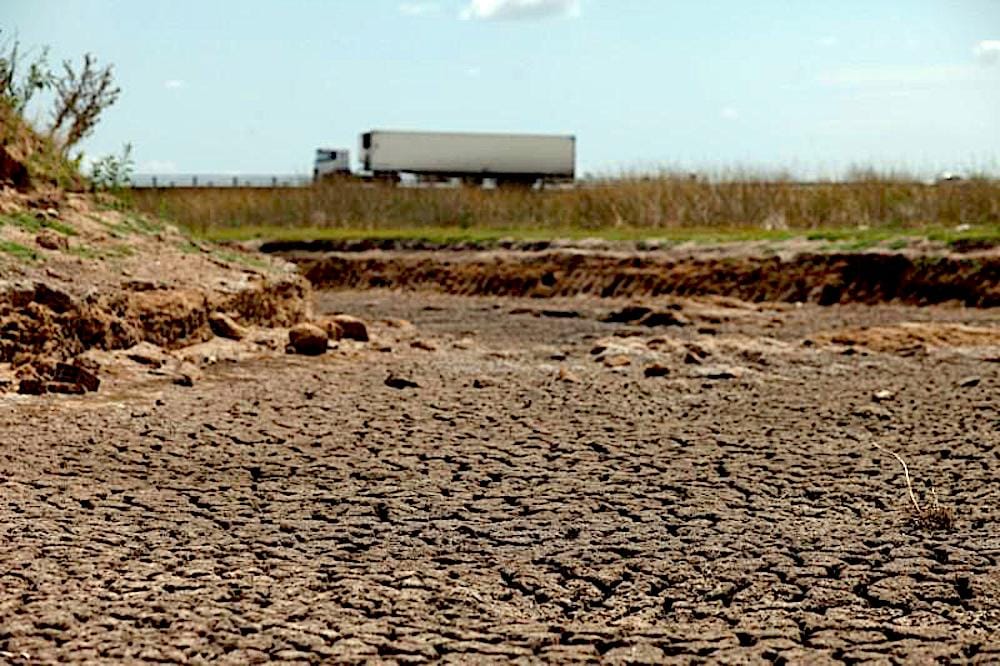
Causes Droughts
Droughts are caused by a combination of natural and human-induced factors. Naturally, changes in weather patterns, such as those associated with El Niño and La Niña, can result in prolonged periods of dry weather. At the same time, persistent high-pressure systems can block moisture from reaching certain areas. Climate change exacerbates these natural factors by increasing global temperatures, heightening evaporation rates, and altering precipitation patterns, making some regions more prone to drought. Human activities also play a significant role; deforestation reduces land's ability to retain moisture, while overuse of water resources for agriculture, industry, and urban needs depletes available water supplies. Additionally, population growth and increased water demand strain existing resources, and inadequate infrastructure can worsen the situation by failing to manage water efficiently during dry periods. These interconnected causes make droughts a complex challenge that requires comprehensive management strategies to mitigate their impacts effectively.
Impacts Droughts
Droughts have far-reaching impacts on the environment, economy, and society. Environmentally, droughts lead to soil degradation, loss of biodiversity, and increased susceptibility to wildfires. Reduced water availability can cause significant stress on ecosystems, leading to the decline of plant and animal populations. Economically, droughts severely affect agriculture by reducing crop yields and livestock productivity, leading to higher food prices and potential food shortages. The energy sector also suffers, mainly where hydropower is a major electricity source. Socially, droughts can lead to water shortages for drinking, sanitation, and industrial use, exacerbating public health issues and potentially leading to conflicts over water resources. Communities dependent on agriculture may experience increased poverty and migration as livelihoods become unsustainable. Additionally, prolonged droughts can strain government resources and necessitate emergency measures, highlighting the importance of effective water management and drought preparedness strategies. These wide-ranging impacts underscore the need for comprehensive approaches to mitigate the effects of drought and build resilience against future occurrences.
Solutions
- Water Management and Conservation:
- Efficient Irrigation: Implementing advanced irrigation techniques such as drip irrigation and sprinkler systems can reduce water wastage in agriculture.
- Rainwater Harvesting: Collecting and storing rainwater for use during dry periods helps ensure a sustainable water supply.
- Water Recycling and Reuse: Treating and reusing wastewater for agricultural and industrial purposes can alleviate pressure on freshwater resources.
- Sustainable Agricultural Practices:
- Drought-Resistant Crops: Developing and planting crops that require less water and are more tolerant to dry conditions can help maintain agricultural productivity.
- Soil Management: Practices such as mulching, cover cropping, and no-till farming help retain soil moisture and improve soil health.
- Infrastructure Improvements:
- Efficient Water Distribution Systems: Upgrading water infrastructure to reduce leaks and losses ensures that more water reaches its intended users.
- Desalination Plants: Converting seawater to freshwater can provide an alternative water source in coastal regions, though it requires significant energy and investment.
- Policy and Governance:
- Drought Preparedness Plans: Governments should develop comprehensive drought response plans that include early warning systems, emergency response strategies, and public awareness campaigns.
- Water Pricing and Regulations: Implementing policies that promote efficient water use through pricing mechanisms and regulations can encourage conservation.
- Technological Innovations:
- Drought Monitoring and Forecasting: Using satellite technology and climate models to monitor drought conditions and predict future droughts can help in planning and response.
- Smart Water Management Systems: Deploying sensors and data analytics to manage water resources in real-time can optimize water use and detect issues early.
Droughts pose serious challenges with widespread impacts on the environment, economy, and society. Caused by factors like climate variability and human activities such as deforestation and overuse of water, droughts lead to water scarcity that affects agriculture, ecosystems, and communities. Effective management includes sustainable practices like efficient irrigation, rainwater harvesting, and developing drought-resistant crops. Improving water infrastructure and implementing policies for conservation are essential. Technological advancements in monitoring and forecasting, public awareness, and international cooperation can enhance preparedness and resilience. By integrating these strategies, we can mitigate the effects of drought and ensure a sustainable future.




